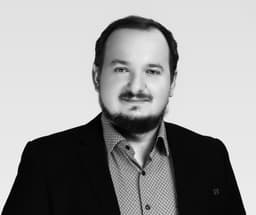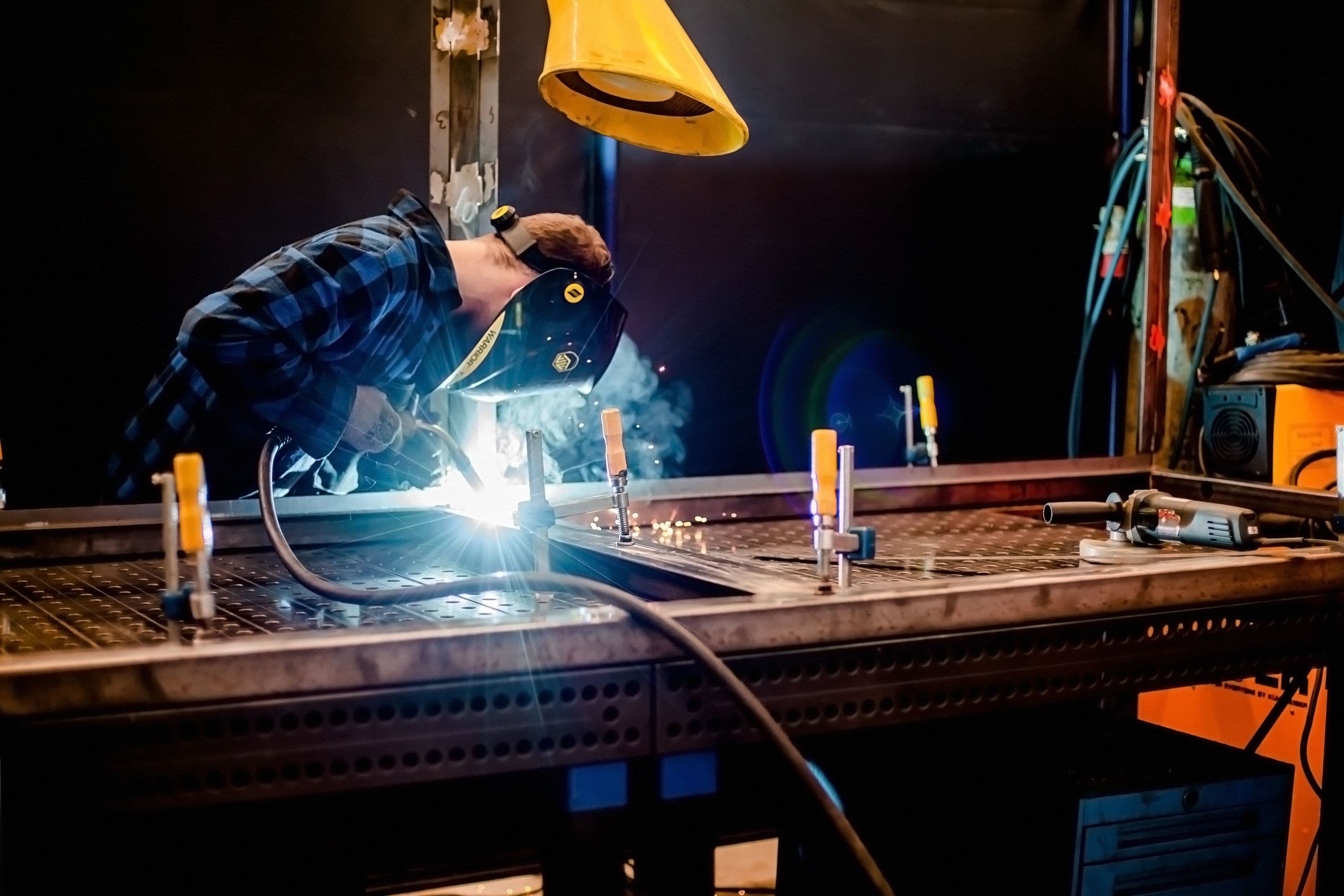In effective environmental management, there is no single, universal approach.
On one hand, we need deep, specialized knowledge to understand the source of the problem. On the other hand, we need a continuous flow of data to know what is happening right here, right now.
In the past, these were two separate worlds:
- The World of Consulting: Periodic, in-depth analyses and expert reports.
- The World of Monitoring: A continuous stream of raw data from sensors.
The problem was that the analysis alone quickly became outdated, and the monitoring alone provided data without context. Modern environmental management relies on intelligently combining them. The RAFA platform diagram perfectly illustrates how these two paths—the Consulting Path and the Monitoring Path—form one, integrated system.
The Consulting Path (The Brain of the Operation)
The first path, called the "Core Approach to Problem-Solving," is the foundation of the entire operation. This is where the specialized knowledge that "teaches" the system is built. This process begins with the Consultant's Environmental Analysis.
It includes advanced activities such as:
- Advanced modeling (e.g., noise propagation, pollution dispersion)
- Source ranking
- Developing impact reduction strategies
All these elements, supported by years of experience ("KFB Experience and Know-How"), feed the central Solution Database. But this is just the beginning. As the platform gathers data from the second path (monitoring), its "brain" grows. Eventually, the system will be able to automatically create advanced analyses based on the entire collected historical dataset from multiple installations.
In short: The Consulting Path builds and continuously develops the system's "intelligence."
The Monitoring Path (The Eyes and Ears of the System)
The second path is "Additional Data Supporting Problem-Solving." This is the platform's nervous system, providing real-time information.
It starts with Hardware—various sensors installed at selected control points in the facility. Data from these sensors is processed continuously and feeds the RAFA platform in two ways:
- Data on Indicators: Processed data (e.g., decibel levels, PM2.5 concentration, water parameters) go directly to the Monitoring module, allowing for immediate reaction to exceedances.
- Raw Data: Raw data streams (such as audio files, but also raw readings from weather stations or water quality sensors) go to storage. They are a key input for the event identification database and the AI Management module.
In short: The Monitoring Path provides "awareness." It answers the question: What is happening right now?
Synergy: Where Both Paths Meet in RAFA
The true power of the RAFA platform lies where these two paths meet. The platform is not just a passive recipient of data—it's an active system that combines context (from consulting) with live data (from monitoring).
This happens mainly in two modules:
- In the AI Management module: Artificial intelligence receives raw data (e.g., a sudden spike in dust concentration) from the monitoring path and correlates it with the database of known emitters and scenarios (built during the consulting path). This allows it to automatically identify events.
- In the Action Plan module: This is the culmination. When the AI identifies a problem (e.g., "noise from fan #3" or "PM10 exceedance linked to unloading X"), the system automatically reaches into the Solution Database (built by consultants) and suggests ready-made recommendations or tasks to be performed in the "Action Plan" module.
In this way, the platform closes the loop. The Consulting Path provides deep knowledge, and the Monitoring Path provides real-time data. RAFA acts as an engine that intelligently combines both worlds, transforming data into knowledge, and knowledge into action.





